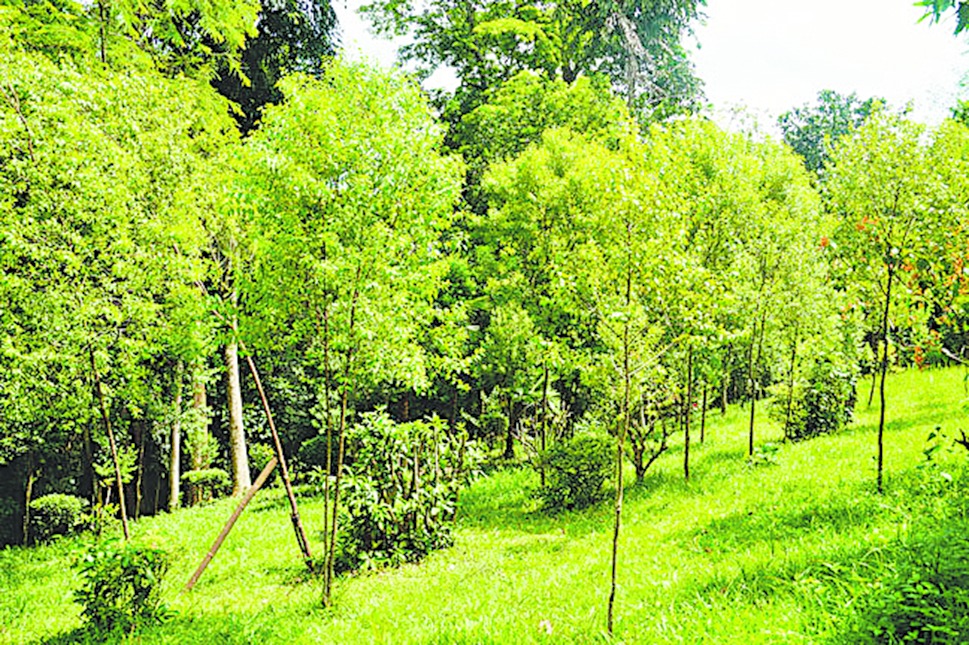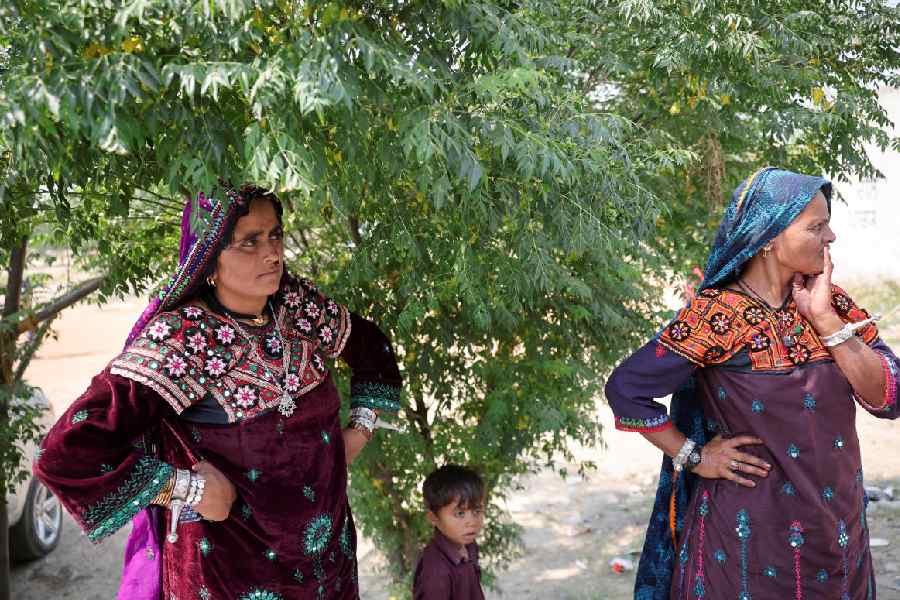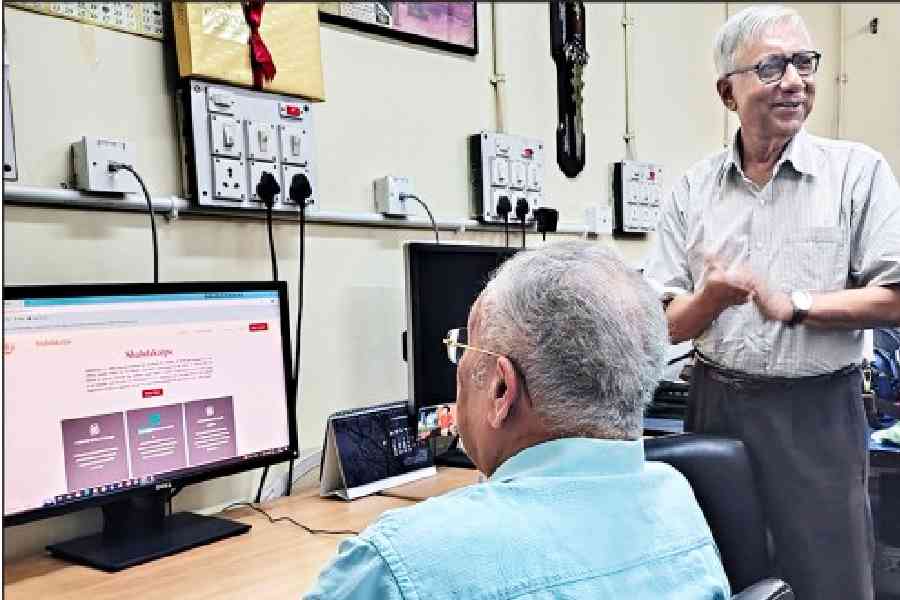
Jorhat, Sept. 15: Move over tea and rubber plantations, white sandalwood is here.
Insurgency-ridden Karbi Anglong district of Assam is gearing up for an economic makeover with a large number of people taking to planting santalum album (Indian sandalwood). The sandalwood is rich in oil, a kilogram of which sells at Rs 1.5 crore in the international market.
The man behind the district's sandalwood revolution is Ranjan Kumar Baruah, ranger of the Biodiversity and Recreation Park, a 25-hectare area under the Assam forest and environment ministry. The park is located 7km from the district headquarters of Diphu.
Baruah told The Telegraph over phone from Diphu that the story of white sandalwood began in 1992. "I was working in the park when Assam State Electricity Board personnel came to cut down some tall trees whose branches were interfering with the cables overhead. After the branches dried out, I asked the workers to burn them, which they did at night. What filled me with wonder was the heavy scent of chandan lingering in the surroundings the whole of next day," he said.
Baruah immediately set about trying to identify the trees and found that they had been planted by former divisional forest officer Narendra Nath Hazarika.
"There was no looking back after that but I could make any headway in promoting the cultivation of the tree only after becoming the ranger of the Biodiversity and Recreational range in 2000 where I got space to plant the trees in large numbers in a nursery. Initially, I started distributing them in ones and twos and then in hundreds around 2012," he said.
Baruah has given away more than 2 lakh saplings to people. "We have also begun an awareness campaign on how sandalwood is grown, when to harvest (after 13-14 years) and how to tackle insects and other diseases," he said.
Before starting his experiments in sandalwood at the Biodiversity and Recreational Park, Baruah had set up an arboretum of herbal and medicinal plants. The park, too, apart from the sandalwood nursery, contains 660 species of herbs found in the district, 228 species of bananas and a variety of orchids.
In May 2014, accompanied by two teachers of Diphu Government College, R. Rahman and Raju Gogoi, Baruah attended an international seminar on Sandalwood: Current Trends and Future Prospects, organised by the Institute of Wood Science and Technology, Bangalore, Karnataka. Here they presented a paper, Sandalwood Cultivation in Karbi Anglong, Assam.
"So disbelieving was the scientific community at the seminar that we were all but heckled out. Only when we produced pieces of the wood we had carried in our pockets, did they calm down," he said.
Syam Viswanath, a scientist with the forest, silviculture and tree improvement division of the Institute of Wood Science and Technology under the Indian Council of Forestry Research and Education, government of India, told The Telegraph over phone from Bangalore that he was intrigued by the find and visited the place in May 2014 to ascertain for himself the veracity of the claim.
"From a sample of the heartwood I found that it contained two per cent oil, which is very good, the highest being three to four per cent. Karbi Anglong and its foothills provide a very good environment for the growth of this tree and the district may soon witness an economic revolution as sandalwood is a better prospect than rubber and some other oils," he said.
According to Viswanath, the sandalwood found in Karbi Anglong is on a par with those found in Karnataka and Tamil Nadu. He will do a DNA study to find out the origin of the trees found in the Assam district.
Viswanath said apart from the oil, which is used in the medicine and perfume industries and 1kg of which sells at Rs 1.5 crore in the international market, the roots and soft bark of sandalwood trees are widely used in rituals and are in heavy demand.
College teacher Gogoi said the lucrative prospect of sandalwood cultivation and trade also kindles hope of weaning away the youth from militancy.










